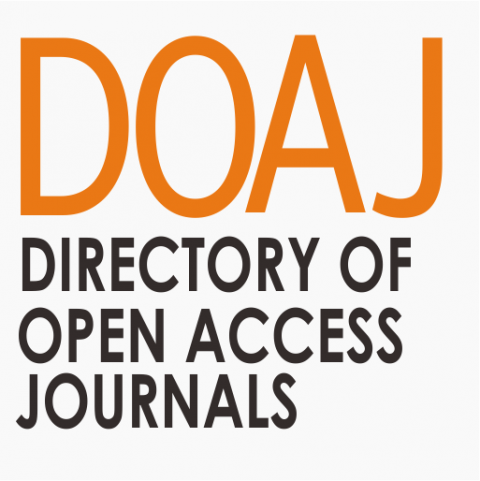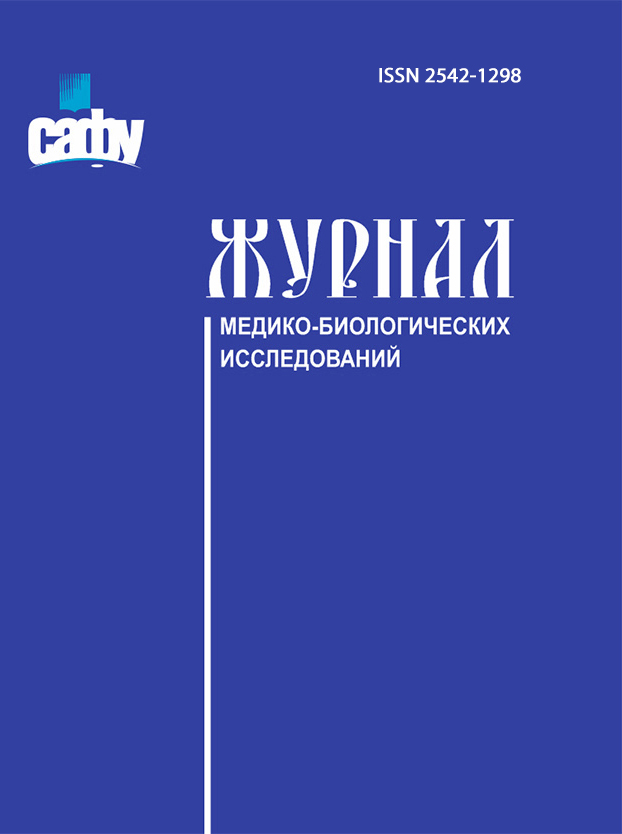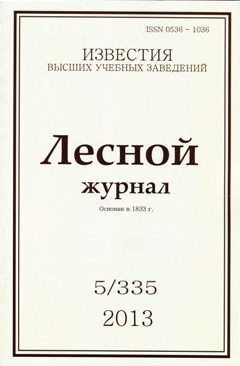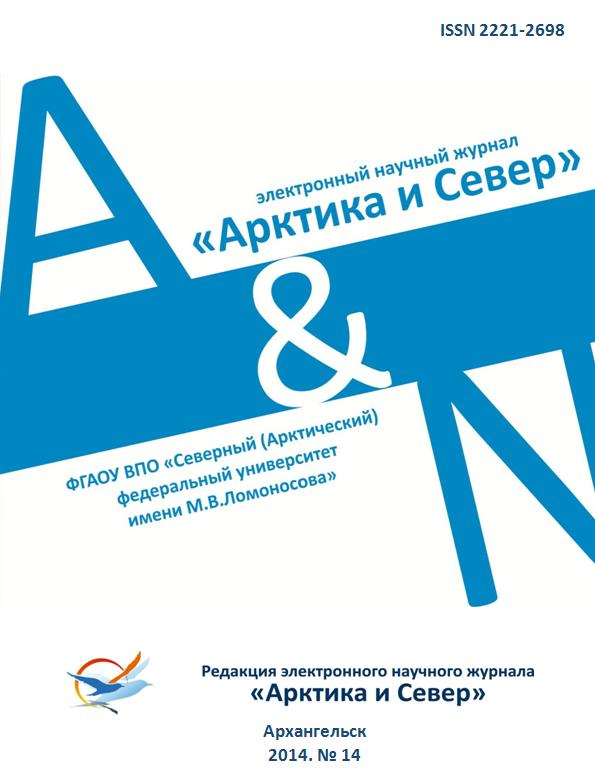
Arctic Environmental Research
A peer-reviewed open-access journal
e-ISSN 2658-7173 DOI:10.3897/issn2541-8416
Founder: Northern (Arctic) Federal University named after M.V. Lomonosov Editorial office address: Russian Federation, 163002, Arkhangelsk, Naberezhnaya Severnoy Dviny 17, office 1410a Phone: (818-2) 21-61-00(15-33)e-mail: l.zhgileva@narfu.ru http://aer.narfu.ru/en/ 16+ ABOUT
|
Добро пожаловать на официальный сайт Северного (Арктического) федерального университета! Если вы видите данное сообщение возможно:
Напишите нам webmaster@narfu.ru, мы вам подскажем, где найти интересующую вас информацию или когда станет доступным сервис. Пожалуйста, авторизуйтесь:
|
INDEXED IN:
|





.jpg)

